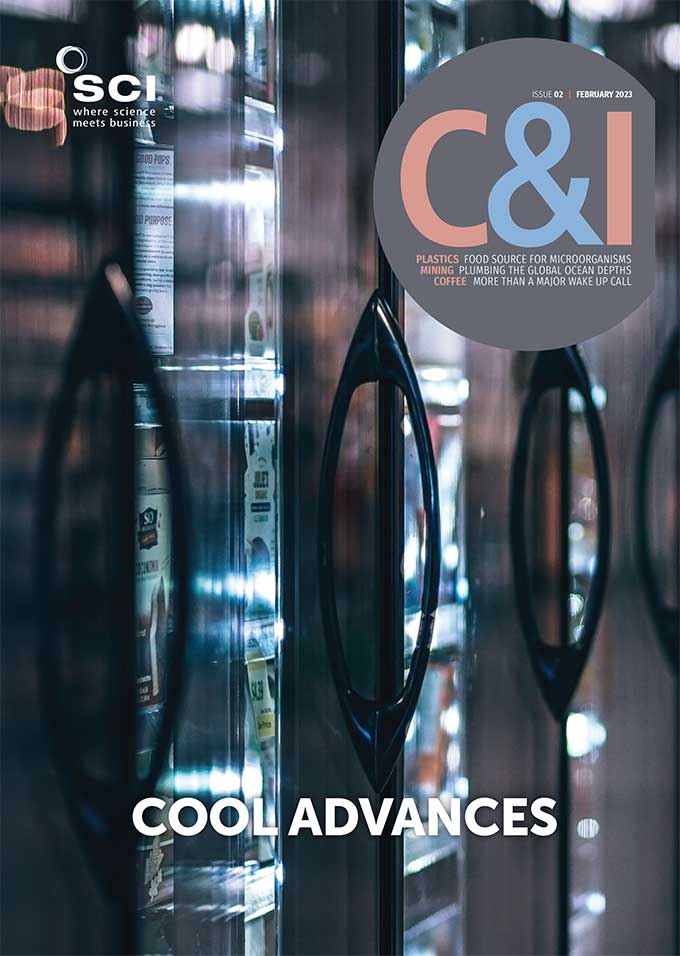Anthony King
A new ‘space skin’ has been developed to protect satellites against conditions beyond our atmosphere.
The lightweight nanocoating comprises a buffer polymer layer made of poly(p-xylylene) and a diamond-like carbon superlattice layer. As well as blocking moisture from getting into the structure, it prevents gas escaping. And also offers a barrier to atomic oxygen and protects against UV light in space (ACS Nano, doi: 10.1021/acsnano.2c09737).
‘A problem with any carbon fibre-reinforced polymer is water ingress. This can happen because often satellites sit for months in areas like Papua New Guinea, where there is potentially a lot of moisture,’ says research leader Ravi Silva, a materials scientist at the University of Surrey, UK. ‘This creates problems in space, when the water releases and condenses on sensitive instruments or begins deforming the composite’s shape.’
Even a micron shift in a mirror on a satellite can greatly impact a satellite’s directionality and create problems. Often engineers have protected carbon-fibre reinforced polymer (CFRP) on satellites by covering them in aluminium foil. Silva has been working on this new nanocoating for over a decade, in collaboration with Airbus Defense and Space. The polymer layer blankets the CFRP, covering its uneven surface.
The group’s repeat layers of polymer and diamond-like carbon, in simulated space conditions, reduced the temperature of the composite down from 120°C to about 60°C when in direct sunlight, without the need for a coolant system.
Coatings help control the internal temperature of satellites and protect its electronics. ‘In general, you want to keep the entrails of the temperature within a certain range,’ says Philipp Hager, a thermal engineer at the European Space Agency. ‘This depends on the electronics.’ Batteries might require a range of -20°C to 40°C, whereas an optical instrument might require 20°C to -2°C, he explains.
The new multifunctional nanostructure facilitates radiative cooling; sandwiching of additional layers could allow for energy harvesting, or for communications, the researchers speculate.
‘We could stack the structure with different functional layers, and thereby create energy for satellites and reduce the weight that needs to be taken into space,’ Silva elaborates. Hager notes that the protective coating for a satellite also depends on its positioning – in geostationary orbit, it requires more protection from radiation, whereas in low-Earth orbit, protection from atomic oxygen is necessary.
The new coating was laid down on a CFRP structure in a custom-build plasma-enhanced chemical vapour deposition system. A titanium oxygen layer sits on top of the coating to protect against degradation from atomic oxygen and UV radiation. The layers clung so tightly to the CFRP that in tests the carbon fibres came apart before the coating could be peeled off.
Plasma vapour systems have been used on aviation parts in the UK since the 1970s when it was used to coat the nose cones of airplanes to strengthen the aluminium components at the front, says Silva, so you can make big chambers 2-3m in length. Nonetheless, the components for satellites the team currently produce are mostly shoebox sized, but with the capability to scale up to cover any size of satellite, according to Silva, who sees potential for this coating also on commercial jets and space structures. ‘We could use it for colonisation, because it is a perfect material to boost the integrity of space structures and make it radiation proof,’ he says.





